Drain Water Htrs & Boilers? Saving FWIW

Regarding sediment in water heaters (and boilers) and regular sediment removal:
1/2″ of sediment in a boiler vessel decreases efficiency by 75% On Edit – I got these figures wrong: see messages 11 & 12. 1/2″ of scale increases fuel consumption by 70% Your water heater is typically the 2nd highest energy hog in the house. Act accordingly!
The sticker on my 6 year old water heater says it will, using the federal water consumption assumptions, use 242 therms/year. That is $363 per year at the current rates in my area. An additional 70% is $254, about the cost of 1 new 40 gal gas water heater in my area. On Edit: earlier calculations deleted …. Ladies & Gentlemen, man your drain valves!
Edited 11/27/2005 10:58 pm ET by rjw
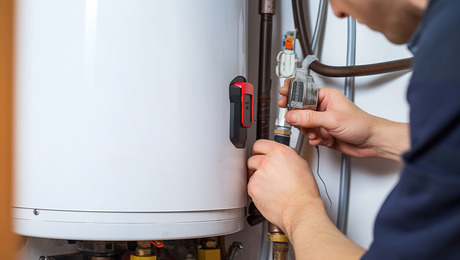
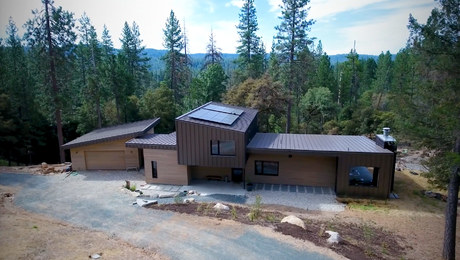

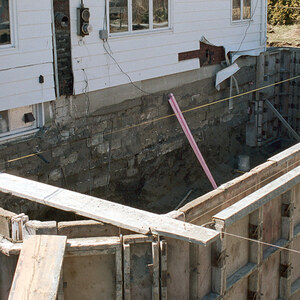
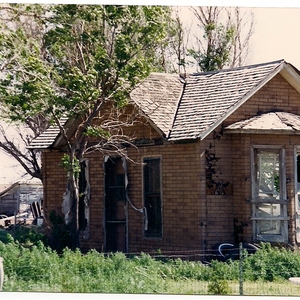







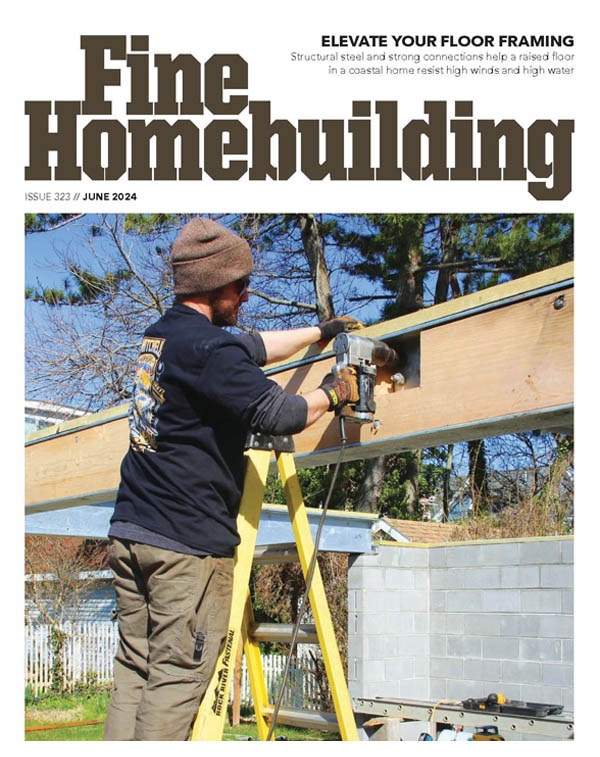

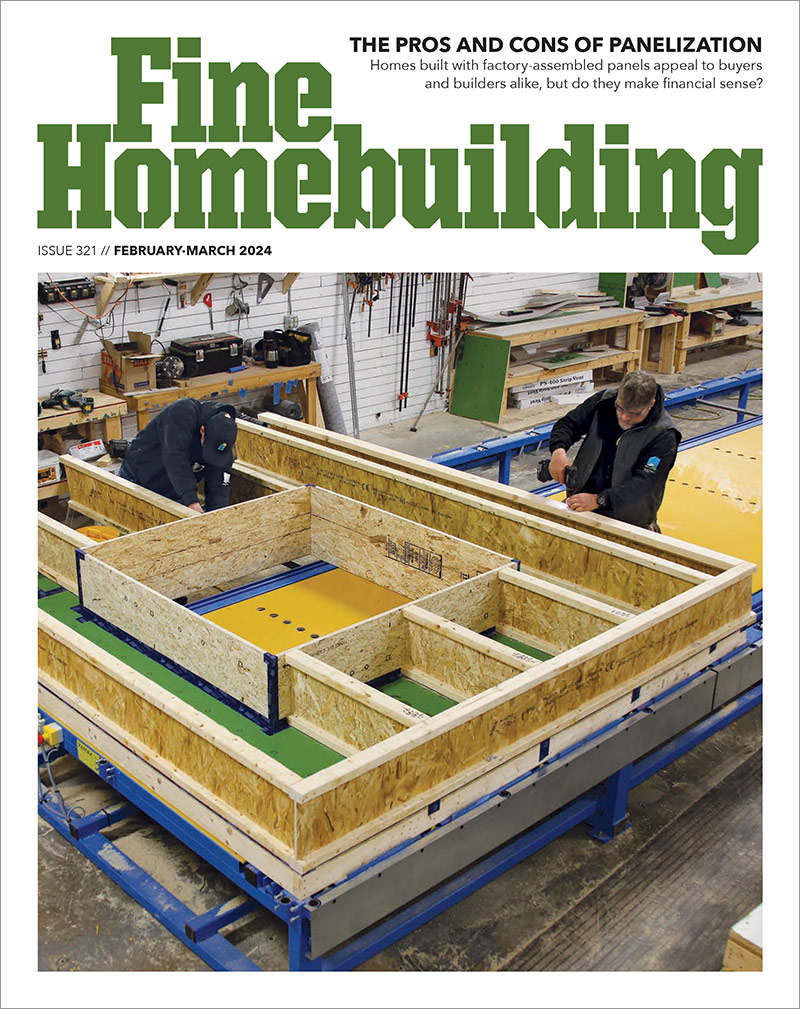



Replies
BUT, and there is always a but, every time you add fresh water to a hot water boiler, you add oxygen which is a very bad thing. Not a recommended procedure.
In a cast iron boiler, that sludge, IF there is any, is in the bottom of the sections,most of the heat transfer is on the sides.
A steam boiler that is scaled badly will have that loss in efficiency.
Good point.
I don't see many boilers so tend to not think about (AKA 'forget about') the ins and outs and various wrinkles appropriate to them
FWIW, attached is a picture of the tubes in a boiler I happened to run across the other day which was being replaced.
View Image
Sojourners: Christians for Justice and Peace
Edited 11/26/2005 10:09 am ET by rjw
Looks like a fire tube hot water boiler where the return temps are WAAAAAAAAY too low. The flue gases are condensing and rotting out the tubes.
I have no idea how old it was; it was in a funeral home (always a fun inspection....) built in 1900.I did NOT enter the elevator!As I said, I don't see many boilers: where the return temps are too low, what can be done? The only think I can think of (assuming made temps are OK) would be to modify the circulation rate, but that's just a SWAGWhat sort of split are you looking for between made and return?
View Image
Sojourners: Christians for Justice and Peace
Generally speaking, most older systems were designed to operate with a delta t of 20. Most operate with less. I would like to see a minimum return of 140, so a supply of 160. Untill you can see the system operating at design temps, it is all an educated guess. A tekmar control can do wonders on a system like that.
Thanks.Tekmar controls: I went to their site to learn about them: I couldn't find anything at their site which explains what they are and what they do; but, by golly, they've got plenty of templates for me to play with!so... would you be so kind? This looks like important information for hot water systems!
View Image
Sojourners: Christians for Justice and Peace
My pleasure.
http://tekmarcontrols.com/literature.html
Got to technical essays and then characterized reset curves.
Basically, their controls are built around outdoor reset for the boiler temps.
As the weather gets warmer, you decrease the supply temp. Temp range is usually between 180 and 140. Flue gases start to condense around 130 and that is a bad thing for a boiler not designed for low temps. re: your firetubes full of rust and scale.
With fintube convectors,(copper tube baseboard)50% of the flow will give 90% of the rated output. The supply temp/output ratio is similar. You only need the full output when the outdoor temp is at its coldest.
The benefit is that for every 3 degrees you drop the temp, you save 1% on fuel costs. When it is nice outside,you don't need 180, why spend the money.
tekmar has taken it farther by customizing the curves for different heat emmitters.
Their controls can do much more, but that is the basics.
Edited 11/27/2005 10:10 am ET by rich1
Thanks, very informative.A question, though. In the pic, do the fintubes carry flue gases inside, heating water which surrounds them? Or is the water carried inside the fin tubes.I had assumed it was the latter, but just realized that your discussion of condensation must (I think) mean the flues gases are inside them.And I'm still wondering what the cure is (cures are) if the return temps on a system are too low (leading to that condensation: 1? turn up the heat so the made supply water is hottter and thus after releasing X BTUs in the heat emitters, the return is also warmner (and I would assume there is a limit as to hiugh high the supply can go)?2? Incrwease flow to reduce BTU loss per some unit or other?3? Design a bettr system?
View Image
Sojourners: Christians for Justice and Peace
That looks like a firetube boiler; the flue gases are inside the tubes. Think of them as a chimney on a furnace that has the gases condensing and rotting out the chimney.
A watertube boiler has the water inside the tubes. I don't think that you would personally see any of those.
Raising the supply temps is the quick fix, designing a better system $$$$$$$$$.
From the location of the loose crud, that looks like the firetubes are horizontal, as was the practice in steam locomotives. They also had a crown sheet above the firebox, very important to keep enough water on the crown sheet....
-- J.S.
You're right, I thought my analogy would make sense for Bob, he has seen lot's of bad/rotted chimneys.
You won't find it this bad on many steam boilers, the water is at 212.
I don't know if a 1/2 inch of sediment will decrease a boiler's efficiency by 75% but I would bet that it will not impact the efficiency of a water heater nearly that much. I am in the water heater business and have never seen any figures on the effect of sediment on efficiency but know how water heaters are built and that most of the heat transfer is thru the flue and not thru the tank bottom, I doubt that 1/2" of sediment on the tank bottom will have a huge effect on a water heater's efficiency.
I would be more concerned about the basic efficiency of my water heater. In the last 15 years, the basic efficiency of water heaters has improved dramatically. So, if you have a really old water heater, you should do the math and consider investing in a more efficient unit.
Bill
I don't know if a 1/2 inch of sediment will decrease a boiler's efficiency by 75% but I would bet that it will not impact the efficiency of a water heater nearly that much.Your right, I got my figures wrong:"for every half inch of sediment on the bottom of a gas fired water heater, it requires 70% more fuel to heat the water.²"
http://www.bradfordwhite.com/faq.asp70% more is still real money.
View Image
Sojourners: Christians for Justice and Peace